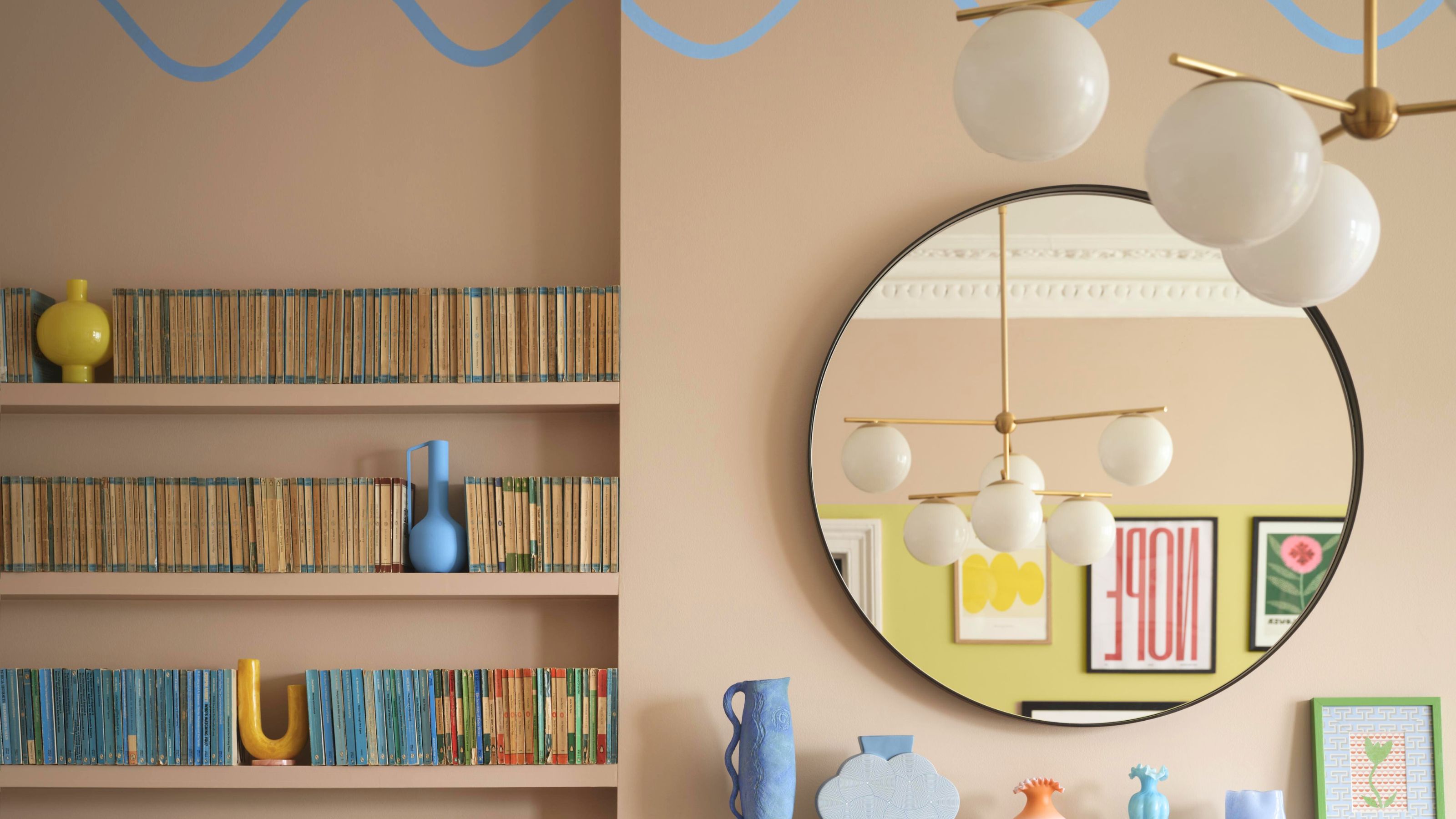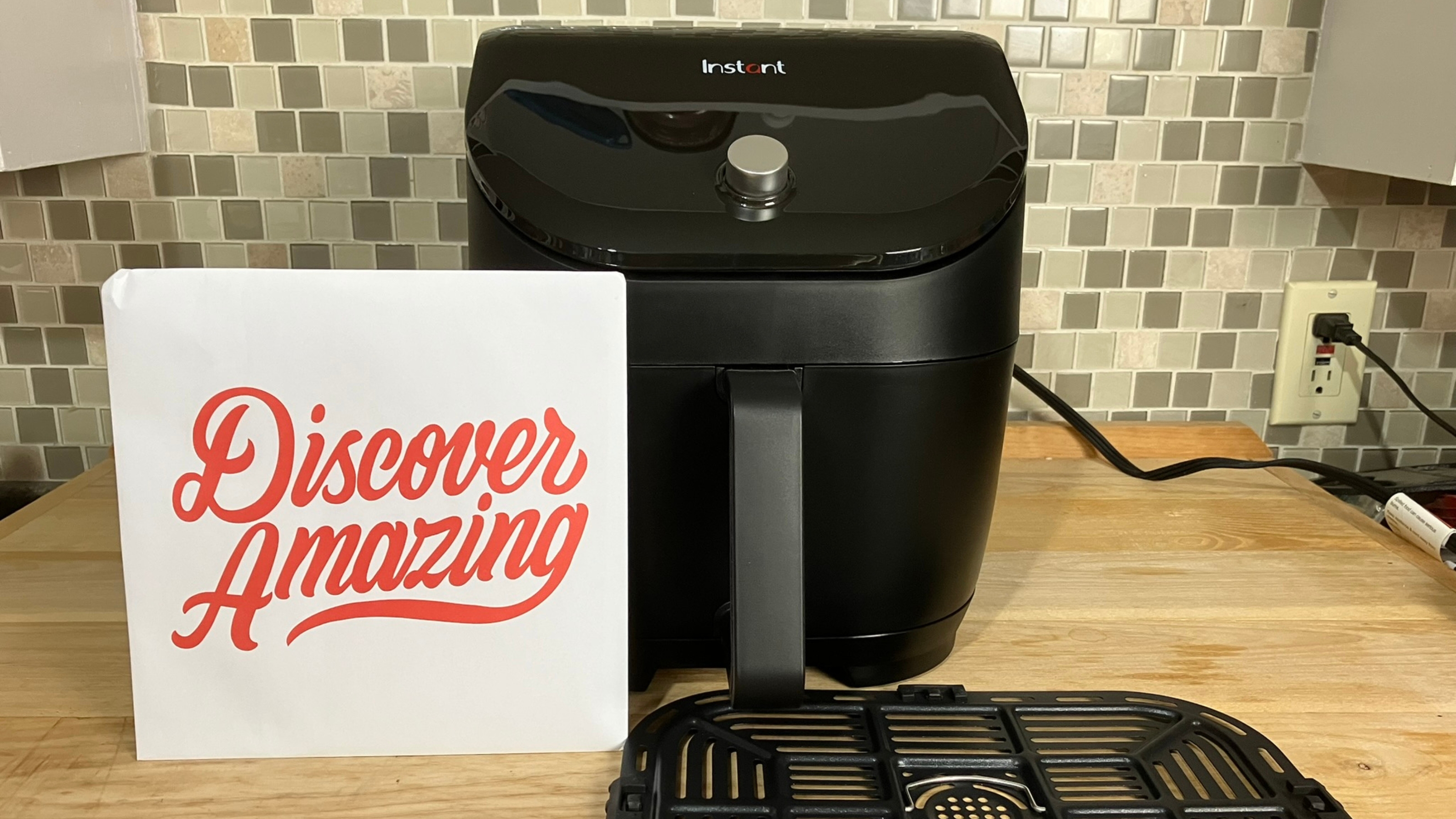How to maximise light in your kitchen extension
Find out how to create the light, bright and spacious kitchen extension of your dreams with this advice from Alpine Aluminium
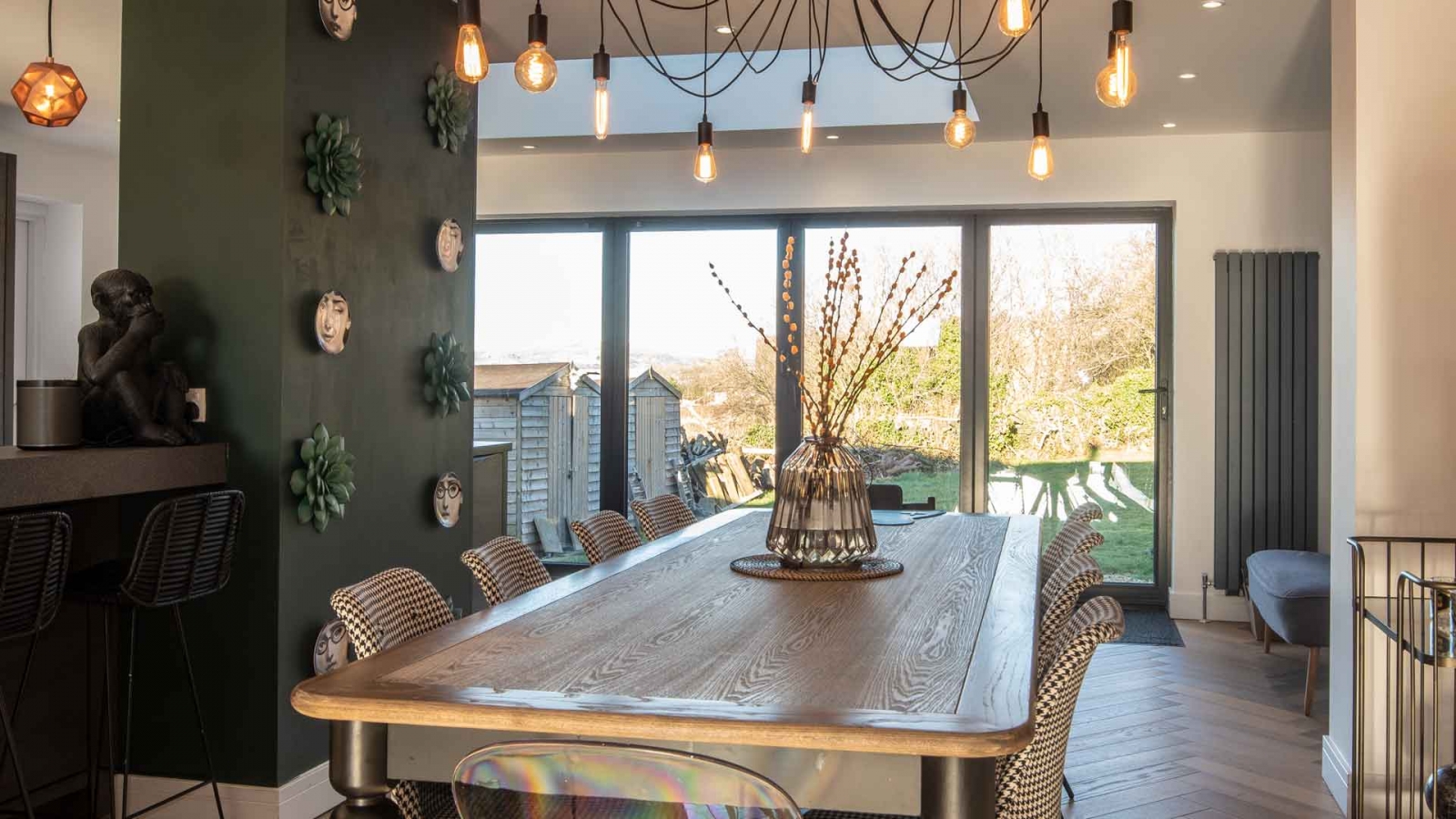
Adding a kitchen extension is one of the most common home improvements in the UK. As the hub of the home, many of us want a space that not only has room for preparing food, but eating, entertaining and relaxing too. However, in the quest for extra space, some people make the mistake of not designing enough light in to their new room. We aren’t talking artificial light, but the natural light that will make your kitchen extension a more enjoyable and practical place to spend time.
So, before you start picking your new kitchen cabinets, flooring and appliances, take some time to think about how to maximise light in your kitchen extension. These top tips from Alpine Aluminium are sure to help.
1. Use bi-fold doors to bring the outdoors in
Nothing beats opening your kitchen doors wide open on a warm day, creating one large living space between your home and garden. Bi-fold doors concertina right out of the way, for a seamless transition between outdoors and in. This is the perfect way to draw light (and fresh air) into a kitchen extension, but even on days when the weather is too cold or rainy to open them, they allow plenty of sunlight in.
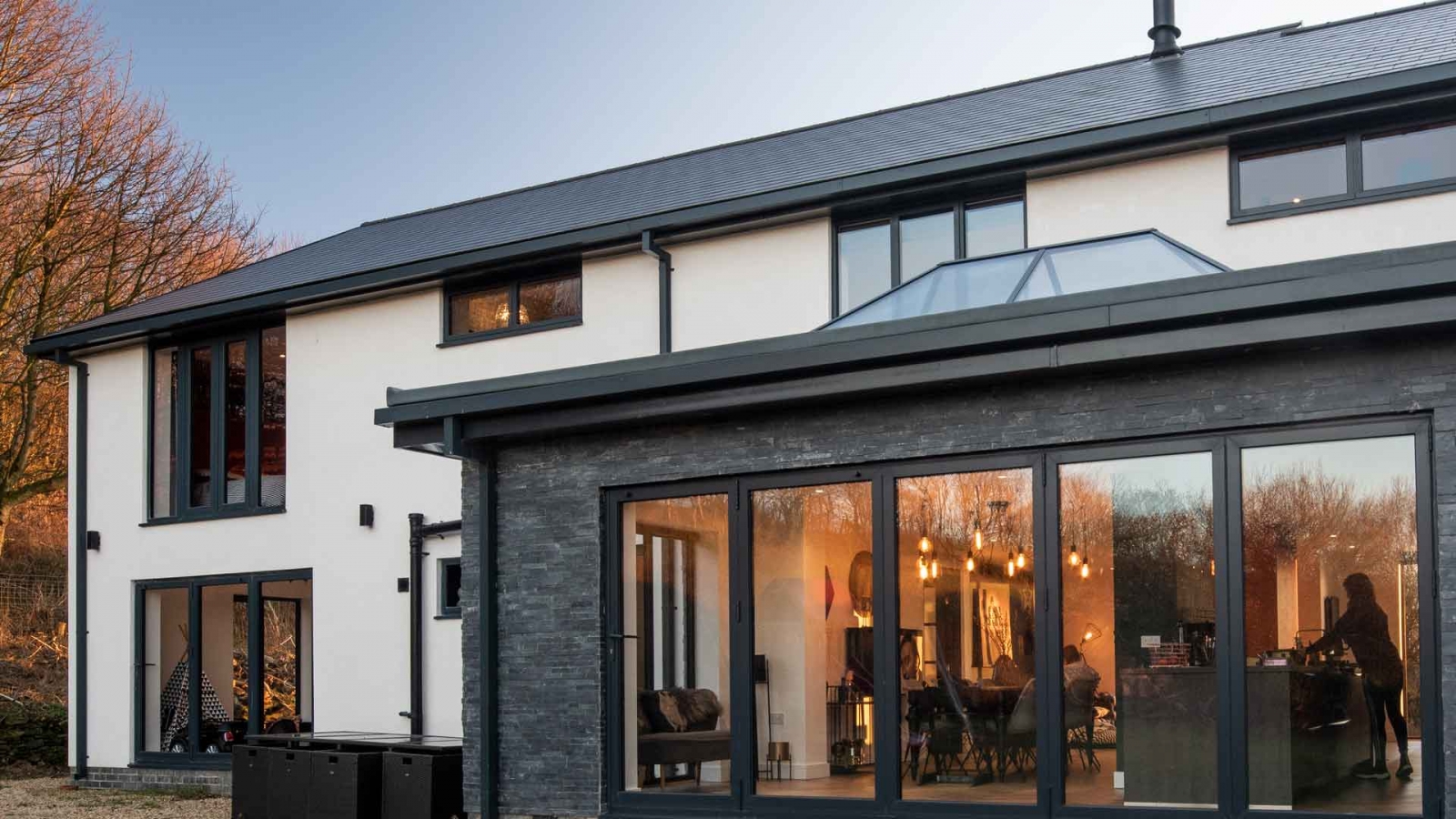
2. Slimline glazing is a great choice for optimising light
If you choose bi-fold doors or sliding doors to create a link between your kitchen and garden, consider a design with slimline frames. Look out for glazing made from aluminium which is incredibly strong and can be made into thinner, lightweight frames. The thinner the frames, the larger the glazing apertures and the more light can get in.
So which type of slimline glazing is right for you? If framing a view or optimising light is your main priority, you might want to choose sliding doors over bi-folding as larger panes of glass is possible. If creating a larger opening to the garden is priority, bi-folds are for you.
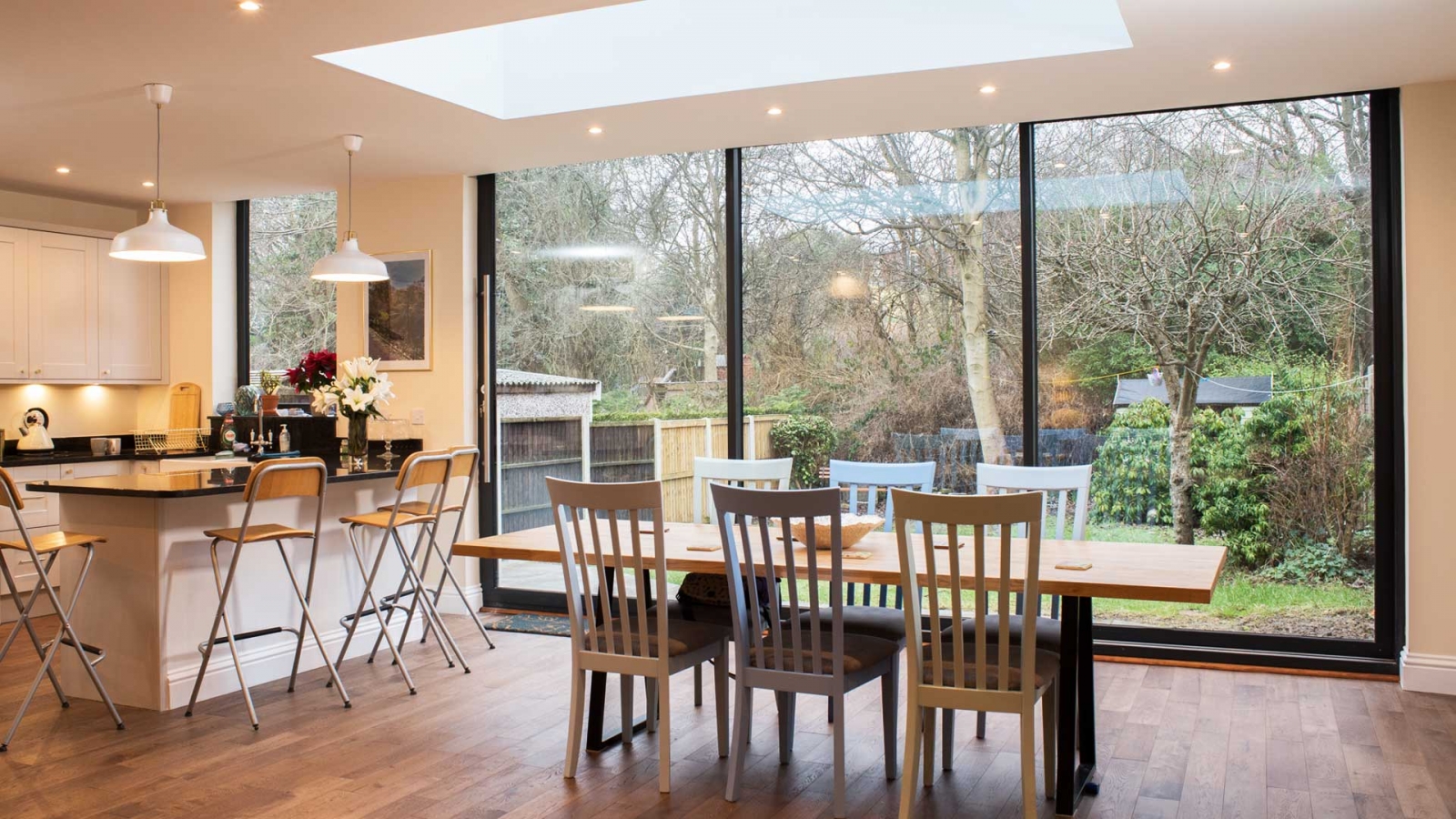
3. Rooflights are perfect for a side-return extension
Side returns are a common extension type for Victorian homes. That bit of redundant space to the side of an existing kitchen or lean-to is a great place to extend and if you don’t add a storey above, you can maximise light by glazing the roof of the new build. It doesn’t have to be one continuous glazed section (although this can be striking) – placing several rooflights along the length of the new roof is sure to bring plenty of light in. There are rooflights for both flat roofs and sloping so design a roofline that suits your build before choosing your glazing.
4. Choose a roof lantern for a light-filled dining area
Larger extensions can lead to little light reaching the back or centre of the room. While the walls may be a good place to start when it comes to glazing, the best way to get light into the internal footprint of the build is with light from above. Like rooflights, roof lanterns will bring extra light into you home. They work well in dining areas and are a great match for more traditional homes.
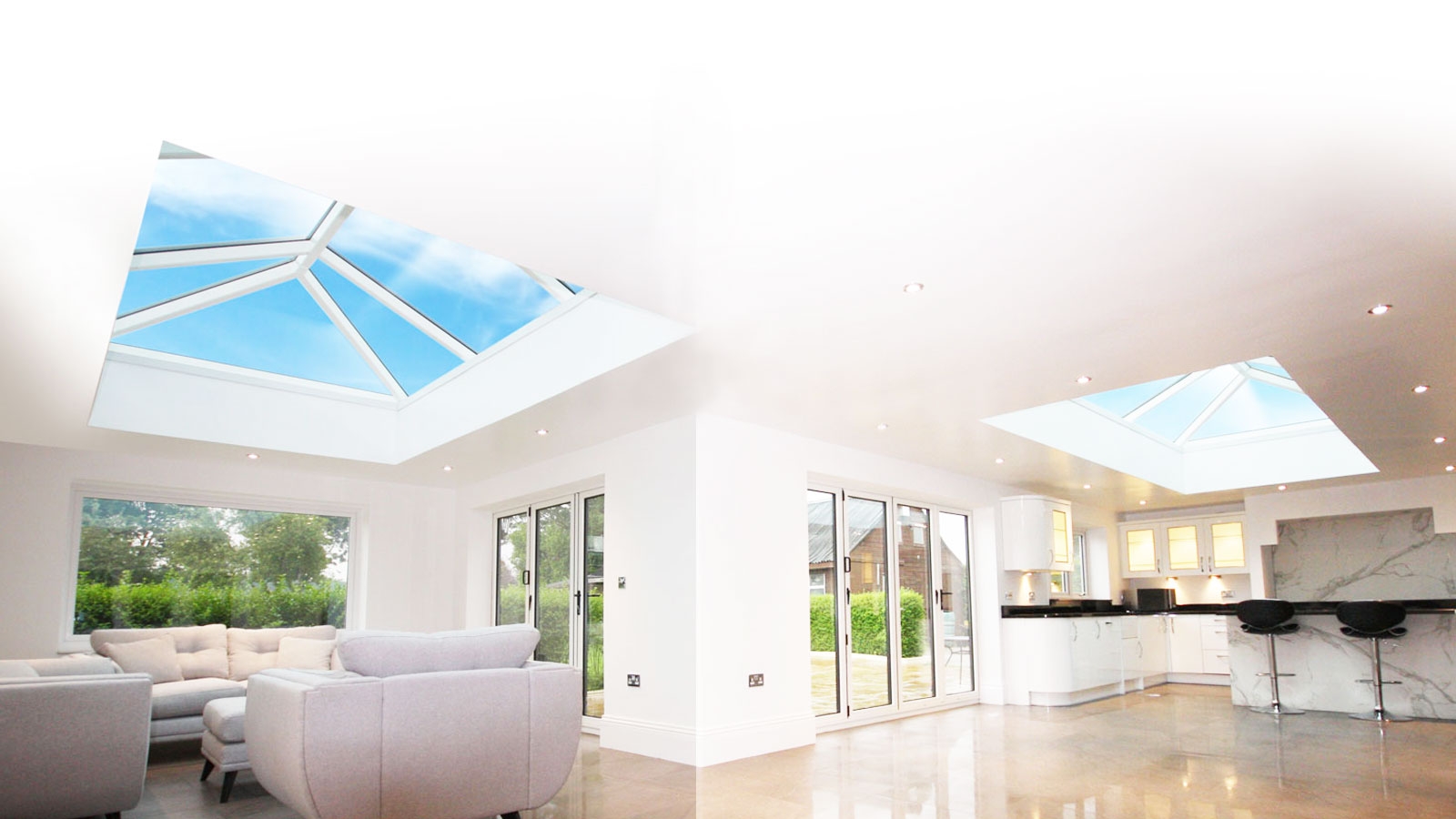
5. Find space for floor-to-ceiling glazing
If you have space for a window, why not make it full length to bring in as much light as possible? This can suit narrow sections of wall where a door won’t make sense and could bring in as much as 50 per cent more light than a standard window. Just be mindful of solar gain when choosing floor-to-ceiling glazing – especially if it doesn’t open. Choose suitable blinds to mitigate on extra sunny days.
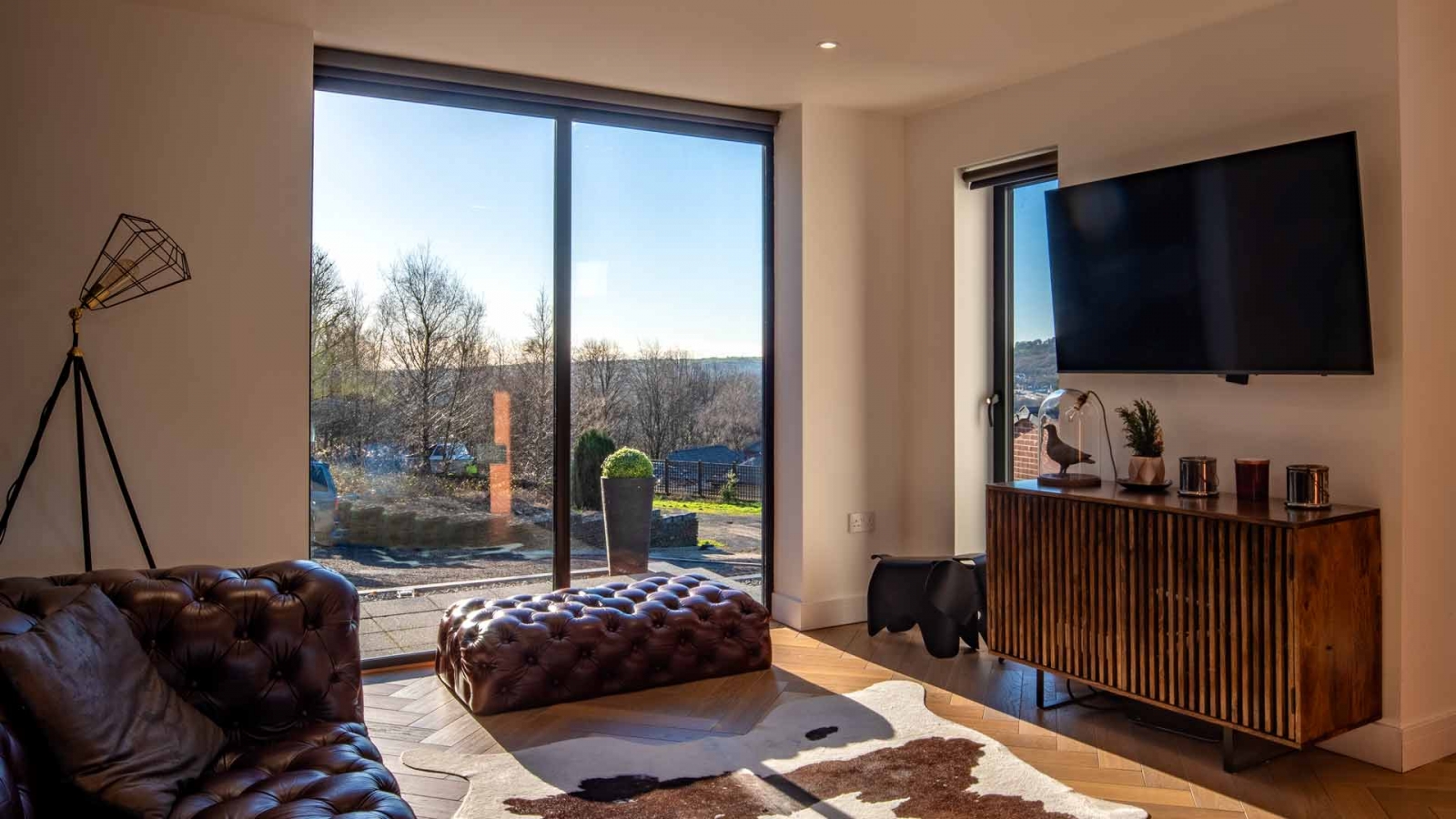
6. Don’t forget how décor can maximise light
Once you have chosen all of your glazing, there are several clever decorating tricks to make the most of natural light. Light colours are an obvious solution, but also think about where you can include reflective surfaces to bounce more light around the room. We aren’t just talking about mirrors – the trend for high gloss kitchen cabinets will work in your favour too.
As well as this, follow any design principles you would for a north-facing room. For ideas, check out Scandinavian decorating ideas. With cold, dark winters in the northern hemisphere, they have become masters at creating bright and light homes. Pale wood flooring, white walls and lots of texture to make it feel cosy on colder days are key to the look.
Get small space home decor ideas, celeb inspiration, DIY tips and more, straight to your inbox!
Real Homes is committed to sharing the best advice on everything from renovating your home to what products to fill it with. From DIY how tos, to ideas galleries and reviews Real Homes offers knowledge and expertise to help you do what you need to do, in a way that hopefully makes the process fun and easy. Our sponsored content is not an editorial endorsement, but allows you to connect with brands to assist your home renovation journey and alerts you to products you may not have known about before.
